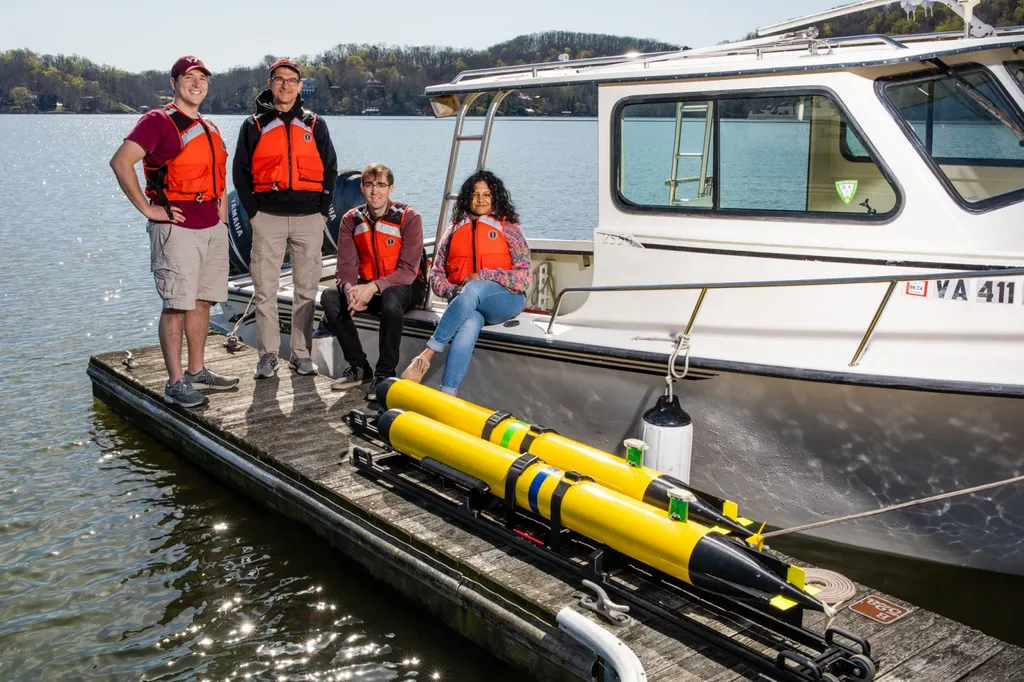Researchers from Virginia Tech, led by Yifei Gao, Hans J. He, Daniel J. Stilwell, and James McMahon, have developed a novel approach to enhance communication among autonomous underwater vehicles (AUVs). Their work focuses on addressing the challenges posed by the underwater acoustic communication environment, which is characterized by limited range, multi-path effects, and low bandwidth.
The team’s research tackles the problem of decentralized classification in real-time, where AUVs need to build a map of communication success probabilities from one location to another. This is a complex task due to the inherent uncertainty and constraints of acoustic communication. The main contribution of their work is a rigorously derived data sharing policy that selects which communication measurements should be shared among AUVs to build an accurate map.
The researchers experimentally validated their proposed sharing policy using real acoustic communication data collected from teams of Virginia Tech 690 AUVs. The results demonstrate the effectiveness of their approach in underwater environments, highlighting its potential to improve the coordination and efficiency of AUV teams.
This research has significant implications for the field of subsea robotics. By enabling AUVs to learn and adapt to their communication environment in real-time, the team’s work paves the way for more reliable and effective underwater exploration and monitoring. The decentralized nature of their approach also ensures that the system remains robust and scalable, even as the number of AUVs increases.
The practical applications of this research are vast. For instance, in offshore oil and gas operations, AUVs equipped with this technology could more efficiently inspect pipelines and infrastructure, reducing the risk of accidents and downtime. In environmental monitoring, AUVs could better coordinate to collect data on ocean currents, temperature, and pollution levels, providing valuable insights for conservation efforts. Additionally, in search and rescue missions, improved communication among AUVs could enhance their ability to locate and assist individuals in distress.
The team’s work also contributes to the broader field of robotics and artificial intelligence. The data sharing policy they developed could be adapted for use in other decentralized systems, where multiple agents need to collaborate and share information to achieve a common goal. This could have applications in areas such as drone swarms, autonomous vehicles, and even distributed computing.
In conclusion, the research conducted by Yifei Gao, Hans J. He, Daniel J. Stilwell, and James McMahon represents a significant advancement in the field of subsea robotics. Their innovative approach to decentralized Gaussian process classification offers a promising solution to the challenges of underwater communication, with wide-ranging practical applications and implications for the future of autonomous systems. Read the original research paper here.

